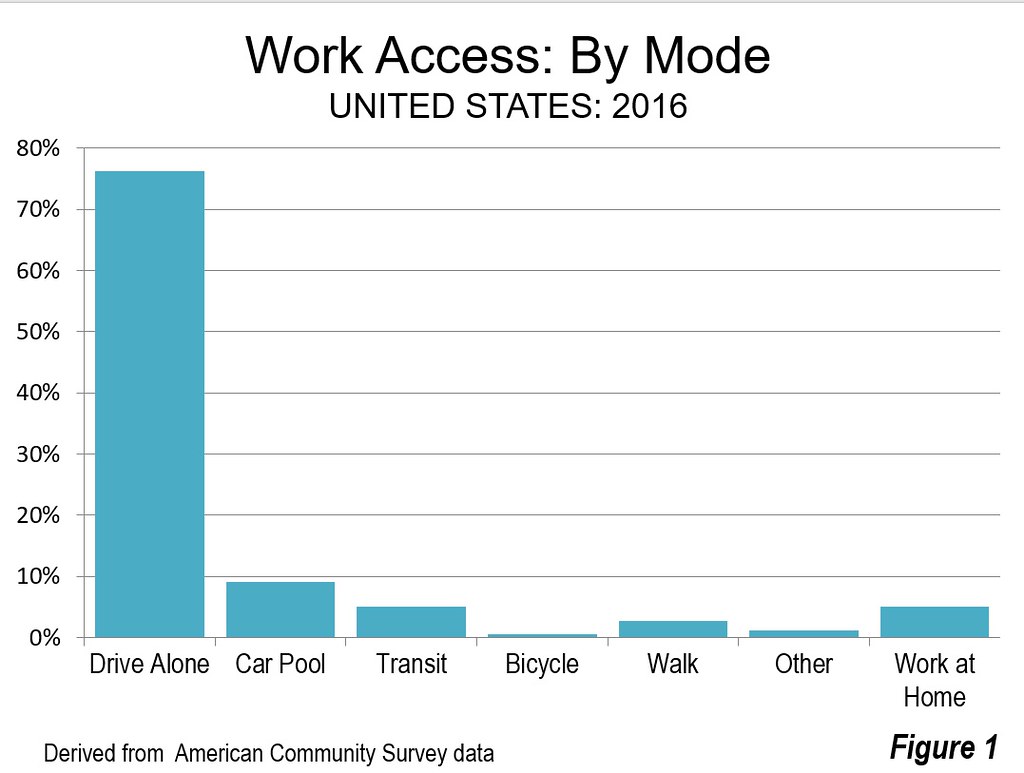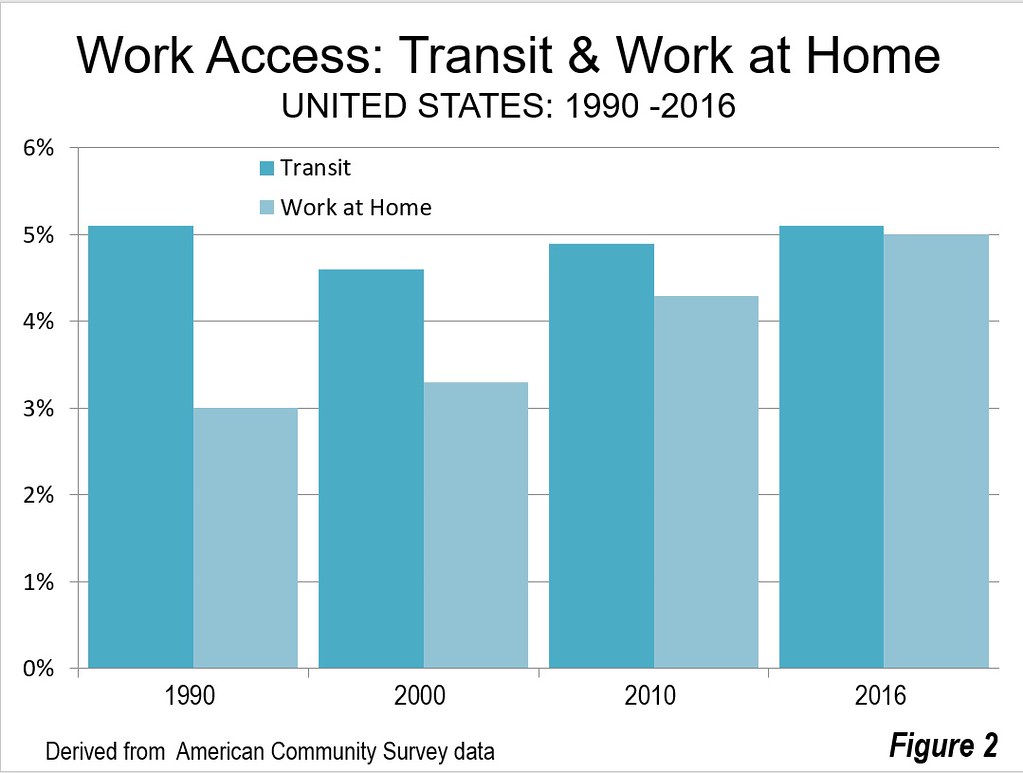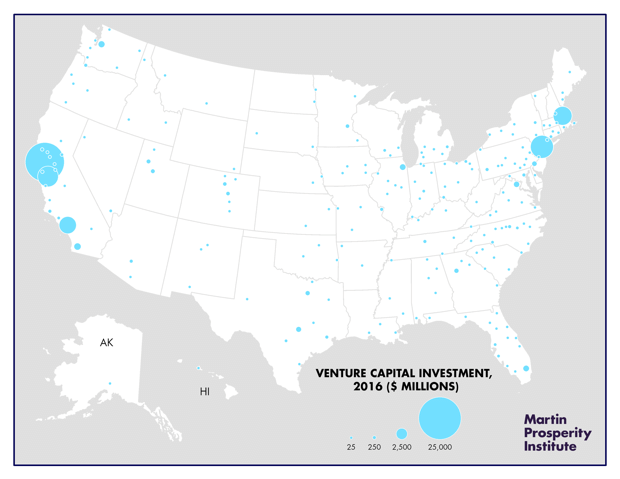Yesterday I posted my new column from the September issue of Governing magazine in which I write:
"There are a number of people in the national media who make the argument that things aren’t so bad, that if you look at the numbers this idea that things are horrible in much of America just isn’t true. It’s easy for me to believe this is actually the case in a quantitative sense. But man does not live by bread alone. When you have an iPhone but your community is disintegrating socially, it’s not hard to see why people think things have taken a turn for the worse."
Conveniently the Wall Street Journal published an op-ed last week by Harvard economist Martin Feldstein called “We’re Richer Than We Realize” that makes the kind of argument I was talking about, right down to talking about iPhones:
"Government statistics paint an excessively grim picture of what is happening to real wages and the growth of real national income. Although most households’ take-home cash has been rising very slowly for decades, their standard of living is increasing more rapidly because those wages can now buy new and better products at little or no extra cost. The government’s measure of real incomes gives too little weight to this increase in what take-home pay can buy….First, government statisticians grossly understate the value of improvements in the quality of existing goods and services. More important, the government doesn’t even try to measure the full contribution of new goods and services.
…
The other source of underestimation of growth is the failure to capture the benefit of new goods and services. Here’s how the current procedure works: When a new product is developed and sold to the public, its market value enters into nominal gross domestic product. But there is no attempt to take into account the full value to consumers created by the new product per se.
…
Or consider consumer electronics. New York University economist William Easterly recently tweeted an image of a 1991 RadioShack newspaper ad and noted that all the functions of the devices on sale—clock radio, calculator, cellphone, tape-recorder, compact-disk player, camcorder, desktop computer—are “now available on a $200 smartphone.” The benefits to consumers from these advances don’t show up in GDP."
I don’t dispute anything Feldstein says in the article, which to me sounds completely correct. If you’re a Journal subscriber, you should read it. But it’s very incomplete.
Feldstein says we should consider the full value of the product innovations we’ve created. He cites improvements in health, for example.
But where is the expansive treatment of the economic value – the negative economic value – of declines in social conditions? Is the fully expansive impact of violence in some of Chicago’s neighborhoods fully counted? Is the quality of life impact of having a mother strung out on opioids, or having a father who is just plain gone? What’s the impact of going from being able to leave your keys in your car and your house unlocked to realizing that burglary is a very real possibility? And speaking of health, what is the all in effect on a community of the declining life expectancy we’ve experienced? What’s the community impact of an HIV crisis?
The truth is that along with real economic progress there has been a parallel big degradation in the lived experience of life in much of America, a part of America largely invisible to and certainly not relatable to on a visceral level by most of those in booming sections of global cities. I’m all in favor of understanding the very real way that technology and other innovations have made our lives better, and fully capturing that in statistics. But we need to be equally as diligent in capturing and measuring the downsides of those trends, an effort I’ve read much less about in the papers.
This piece originally appeared on Urbanophile.
Aaron M. Renn is a senior fellow at the Manhattan Institute, a contributing editor of City Journal, and an economic development columnist for Governing magazine. He focuses on ways to help America’s cities thrive in an ever more complex, competitive, globalized, and diverse twenty-first century. During Renn’s 15-year career in management and technology consulting, he was a partner at Accenture and held several technology strategy roles and directed multimillion-dollar global technology implementations. He has contributed to The Guardian, Forbes.com, and numerous other publications. Renn holds a B.S. from Indiana University, where he coauthored an early social-networking platform in 1991.
Photo: The house Aaron grew up in.



















































































